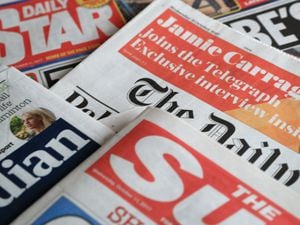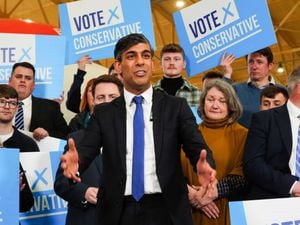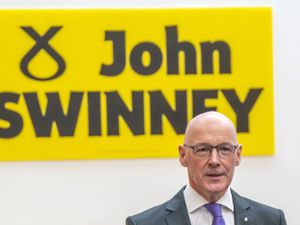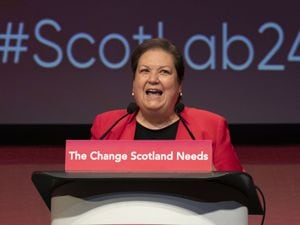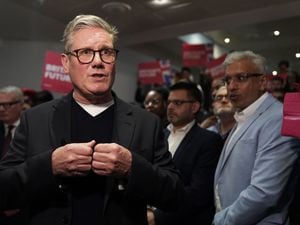Former soldier challenged over evidence to Belfast shooting inquest
The former Signaller, known as C4, said he saw soldiers shooting civilians and was later threatened before giving evidence to the original inquest.
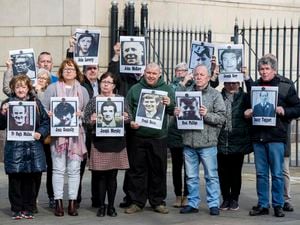
A former soldier has been challenged over evidence he gave to an inquest into the 1971 shooting of 10 people in Belfast.
The man, who has been granted anonymity and is referred to as C4, told the inquest he saw Paratroopers shooting civilians on the evening of August 9 1971, when Father Hugh Mullan and Francis Quinn were killed.
C4 was then a 24-year-old serving member of the Royal Corps of Signals who was originally from England, and had married a woman from the Ballymurphy area of west Belfast.
He was in the area on leave during the shootings.
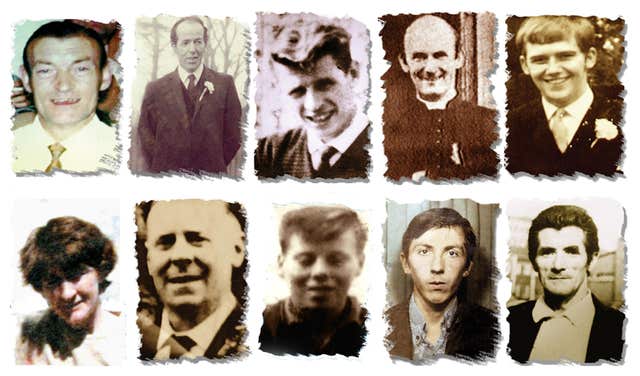
C4 said an Army major asked him not to testify at the original inquest in 1972.
He also said an Army captain threatened his life, that he was called a traitor, and members of the Parachute Regiment raided his home and assaulted him.
C4 said he was told courts martial had taken place over the matter.
He told the inquest on Wednesday that he spoke out about what happened at Ballymurphy because he regarded it as murder, and wanted to support the families of the victims to get justice.
A lawyer for the Ministry of Defence challenged C4 on his evidence, telling him it was a serious allegation to say a captain had threatened his life, and asked him for more details about the courts martial.
C4 responded saying he had made a complaint to the then Army base at Henry Taggart Memorial Hall, and had been told action would be taken.
Later on Wednesday, the inquest heard from a former Paratrooper who recalled being sent out to search for casualties and bodies following a later shooting incident on August 9.
The man, who has been granted anonymity and is referred to as M282, was a private in the Parachute Regiment in 1971.
He took part in Operation Demetrius from the early hours of August 9 1971, when the British Army moved into republican strongholds to arrest IRA suspects in the wake of the introduction by the Stormont administration of the controversial policy of internment without trial.
The mass arrests sparked rioting across Northern Ireland, including in the Ballymurphy area where over the course of three days 10 people were shot dead in disputed circumstances.
M282 said he did not fire his weapon.
Following a shooting incident on waste ground in front of the then Army base at the Henry Taggart Memorial Hall, M282 was ordered along with another soldier to look for casualties and bodies to brief what he termed a retrieval team.
Four people died after being shot on the waste ground: Joan Connolly, 50; Daniel Teggart, 44; Noel Phillips, 20; and Joseph Murphy, 41.
M282 told an inquest into the shootings: “We crawled out through a hole in a fence and scurried across the road… we crawled over the rough ground on our bellies.
“I located two bodies, one man and one woman. The woman was definitely dead, she was stone cold to the touch.
“I cannot remember too much about the man, it was dark, I believed he was also dead.
“It was dark on the wasteland and I was scared I would be shot at.”
The inquest continues.

